"Hound Dog" belonged originally to a rhythm and blues singer, named Willie Mae Thornton, who, at the time of Elvis's recording, was making her living on what Black entertainers called "The Chitlin' Circuit." She had a big voice and suitably imperious manners, all of which had given rise to a nickname that had quickly supplanted her given name. On her rendition of "Hound Dog," released as a 78 rpm record, she was billed as "Big Mama" Thornton.
"Big Mama's" version of "Hound Dog," recorded for Peacock Records on a hot August day in 1952 in Los Angeles, was the crowning achievement in the career of a singer who left her mark on rock and blues history. "Hound Dog" quickly climbed to No. 1 on the 1953 all-Black rhythm and blues charts and became a 500,000-plus seller. It also became by far the biggest success in Willie Mae Thornton's career.
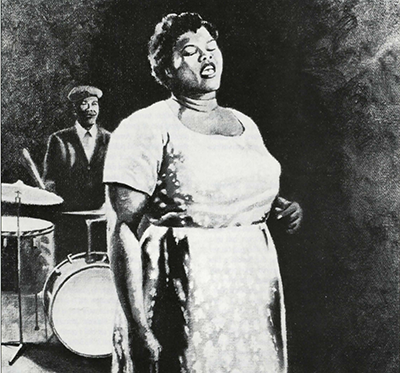
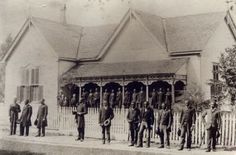
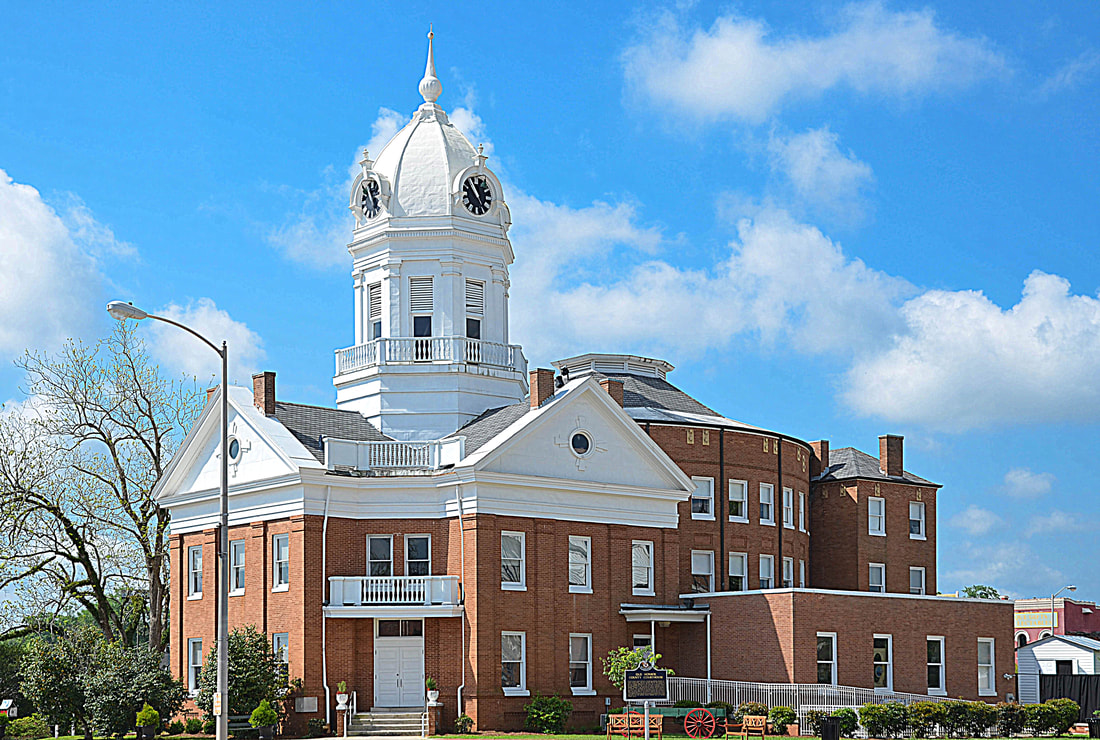
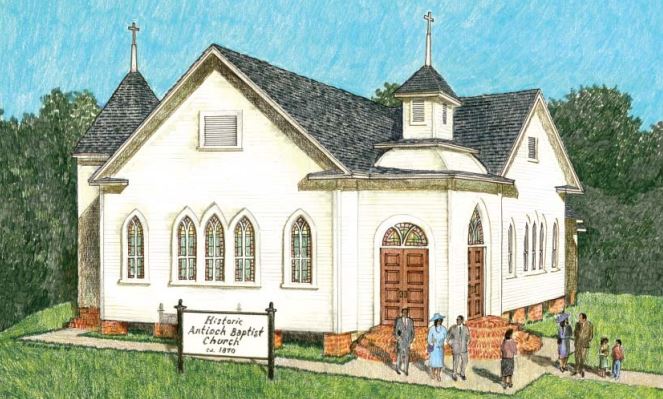
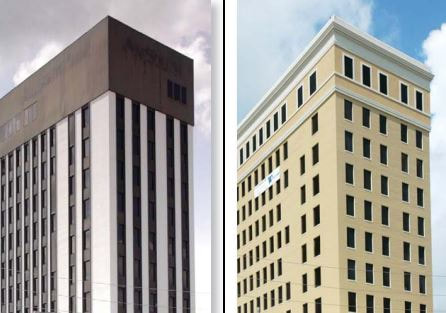
 RSS Feed
RSS Feed